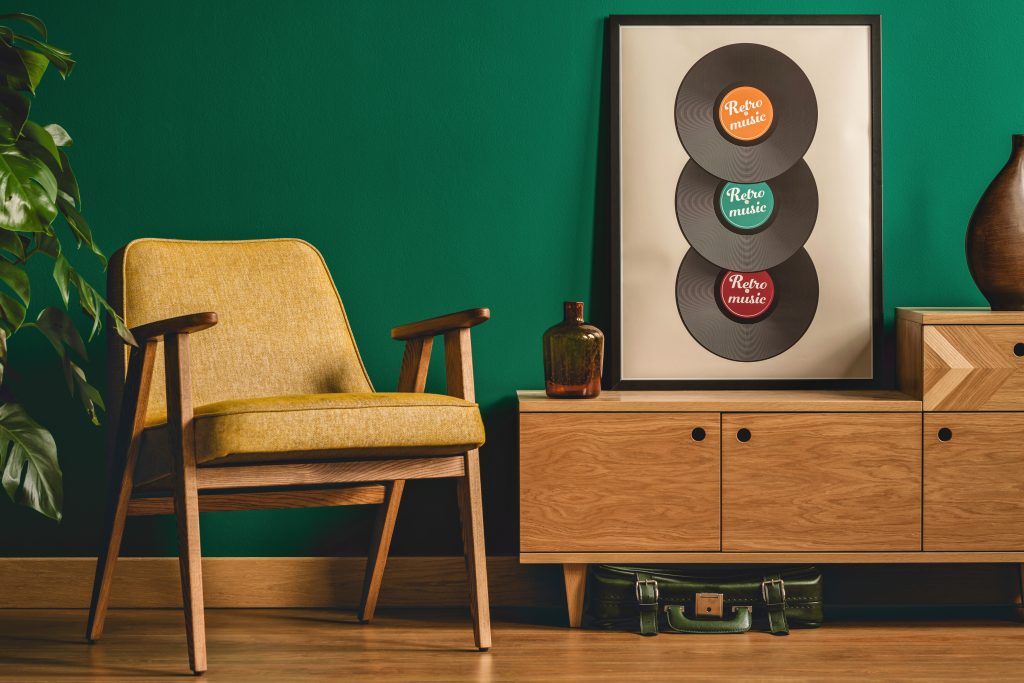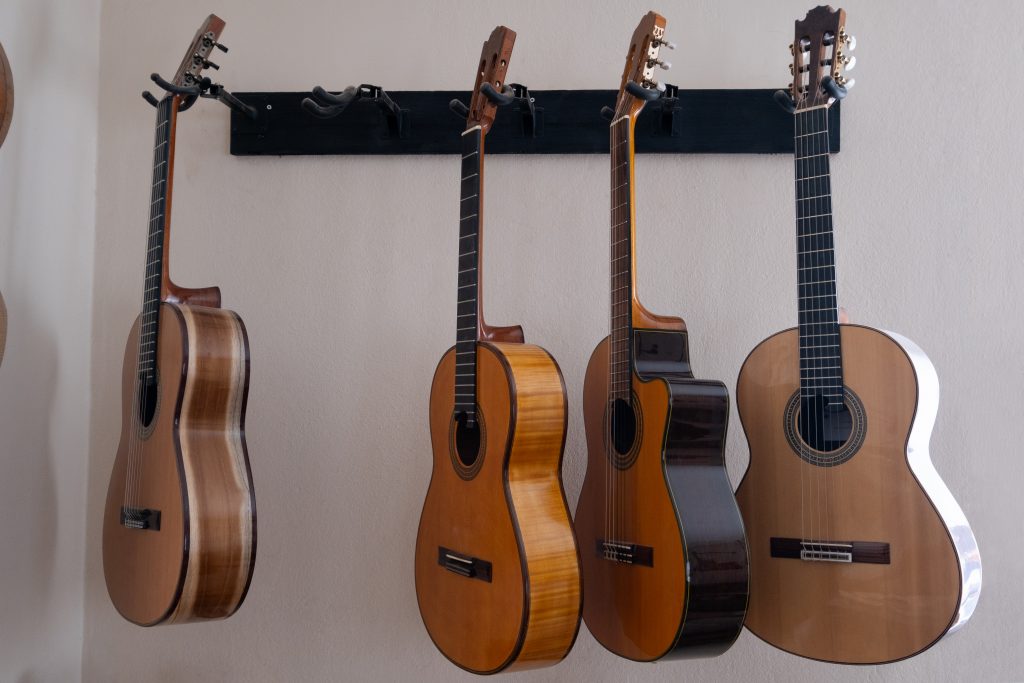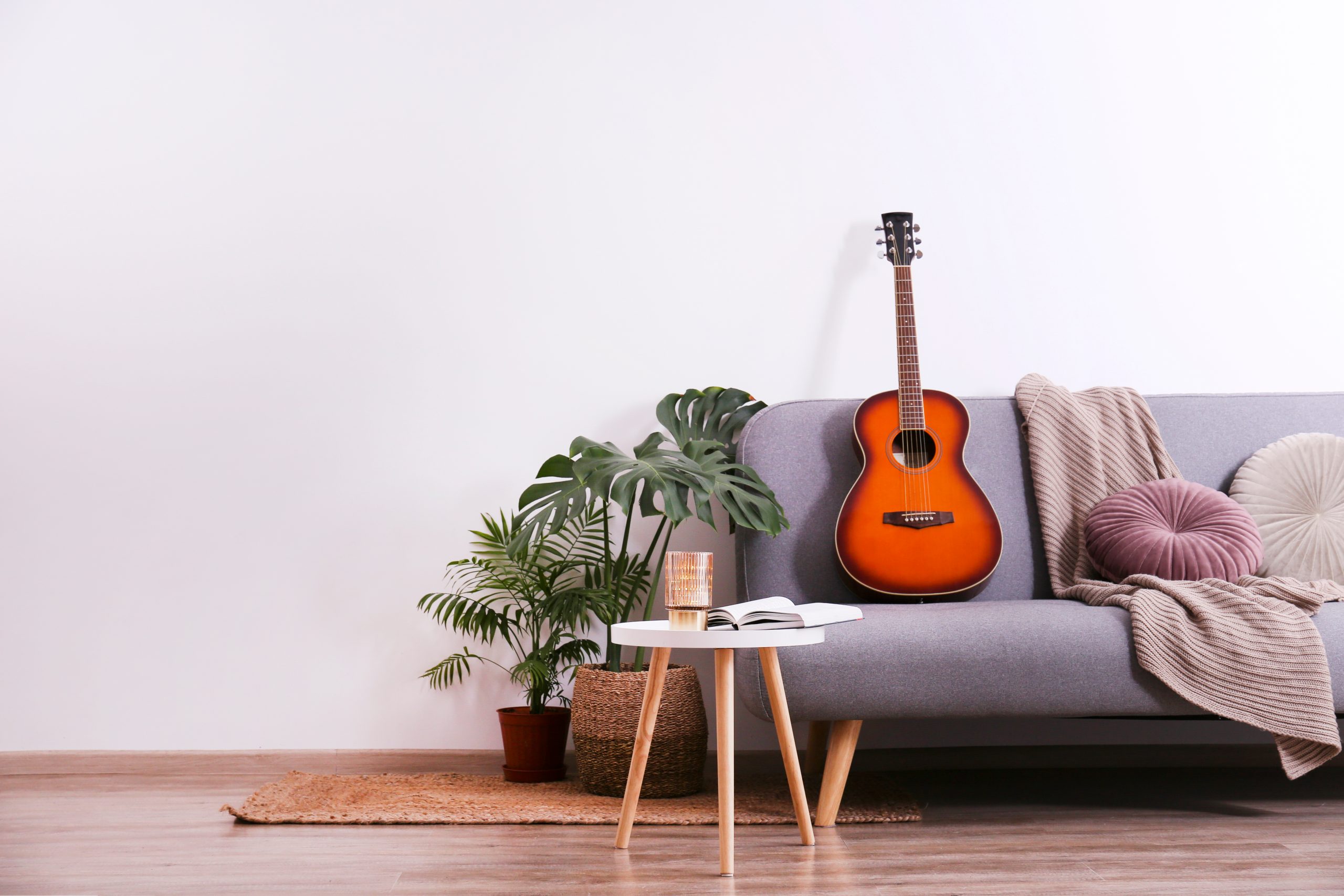If you love music and play an instrument, finding your own place to be creative can be a challenge sometimes. If you’ve got extra space at home, you can set up a music room to give yourself a place to jam. Dedicating an area of your home to music might come with some resistance from other family members or even the neighbors. Use this helpful guide to get you on your way to making a music room that you’ll appreciate for years to come.
Soundproofing While Setting Up a Music Room
Playing instruments can be loud, which will probably disturb your roommates, family, or neighbors. To fix this issue, you’ll need to consider the proximity of the room to other people. Eggcrate foam doesn’t do a whole lot to muffle the sound of live music. Try adding another layer of drywall to each wall of the room and fill the gap with insulation. Another tip? If you have brick walls, this is an excellent sound barrier. The key is to choose a room with either decent insulation or one that’s easy to make soundproof before you start your next jam session.

Put a Shield Around Your Drum Kit in Your Music Room
We’ve talked about soundproofing, which is essential when setting up a music room. A drum shield, if you can afford it, is also vital. Yes, they reduce the sound, but they also do something more meaningful; improve your acoustics. That’s important, especially if your music room is small-ish. The difference a drum shield, aka a drum cage, can make is enormous and will make your music sound fuller and more appealing. One caveat; drum shields aren’t exactly cheap.
Use Room Dividers To Create More Usable Space
One crucial question to be asked when thinking about how to set up a music room is about space. More specifically, how to use the space you have in the most space-economical way. If your area is small, room dividers might seem unnecessary, but they can help more than you might think. For example, you can divide your space into an acoustic zone and an electric zone. Or you can have an area set up just for editing and recording. Room dividers will also help buffer your sound, improving its overall depth.
Decorate Your Music Room with Instruments and Albums
No, this won’t help your band sound impressive if you’re not. (Keep practicing!) However, what you see when playing can sometimes be an excellent inspiration for your music. To that end, using instruments to decorate is a fantastic idea. Guitars are the go-to choice for most, but any large instrument will do. Saxophones, for example, look amazing on the wall, as do antique instruments of all kinds. (Check out Pinterest for ideas on how to hang them.) By the way, decorating your music room with your favorite albums is also a smashing idea!

Set Up a Stage in Your Music Room If Possible
Let’s say you’re a solo artist looking to practice at home but want to do it in front of people. For that, you’ll need a stage. It doesn’t have to be extravagant, but it should be a central spot in your music room. If you can make a raised platform, great! If not, a throw rug will do too. As long as it’s a space where you can sit and jam while others listen and enjoy, you’re all set!
Books Can Be a Big Help, Acoustically-Speaking
Making music is all about the acoustics, especially in a small-ish room in your home. Books, surprisingly, are a great way to improve the acoustics in your music room. That’s because they’re thick and absorb sound, rather than letting it ‘bounce’ off the walls. This diffuses the sound and improves its quality significantly. Also, a row of bookshelves can add a touch of class to your music room. (If class is the esthetic you’re going for, of course.)
Speaking of Acoustics…
The best way to improve acoustics is to set up your music room to absorb sound easily. Below are some of the best ways to do that, including:
- Using thick drapes on the windows that you can close when you play. Insulated drapes and curtains are the best, the types that block out light well.
- Acoustic ceiling tiles. These are especially good for use in a home music room that’s in the basement.
- Honeycomb insulating tiles made from foam.
- Thick, bushy plants. They look great and absorb sound.
- Upholstered furniture. (It’s much better than wooden furniture off of which sound bounces.)
- Area rugs made from wool, especially if the floors are wood.

Finish Setting Up Your Music Room with Furniture
You’ll spend a lot of time spent in your music room in deep thought. When you relax and let the notes flow through your brain, inspiration is the result. That’s why investing in some comfy seating is a must. That way, when you need to take a break or discuss a different riff, you’ll be ready. Also, if anyone comes to listen, they’ll have a place to sit and relax while they do. When it comes to how to make a music room, comfortable seating is a must.
Add a durable coffee table to the room so there’s a spot for everyone to set down their drinks and snacks. If you have space, a couple of ottomans are another great choice. Ottomans not only look cool, but they also serve as extra seating and give people a place to prop up their feet. Use the closet (or a storage unit) as musical instrument storage to keep the room free and open. Whether you plan to play alone or with friends, make sure you have enough chairs so people can sit down as they practice playing.
No matter what kind of music you like or what instrument you play, you can set up a music room at home to give you a separate space to jam out and practice. Use these helpful tips so you can transform that extra room into a musician’s paradise.
Published 10/15/2019.
Updated 2/10/2021.
